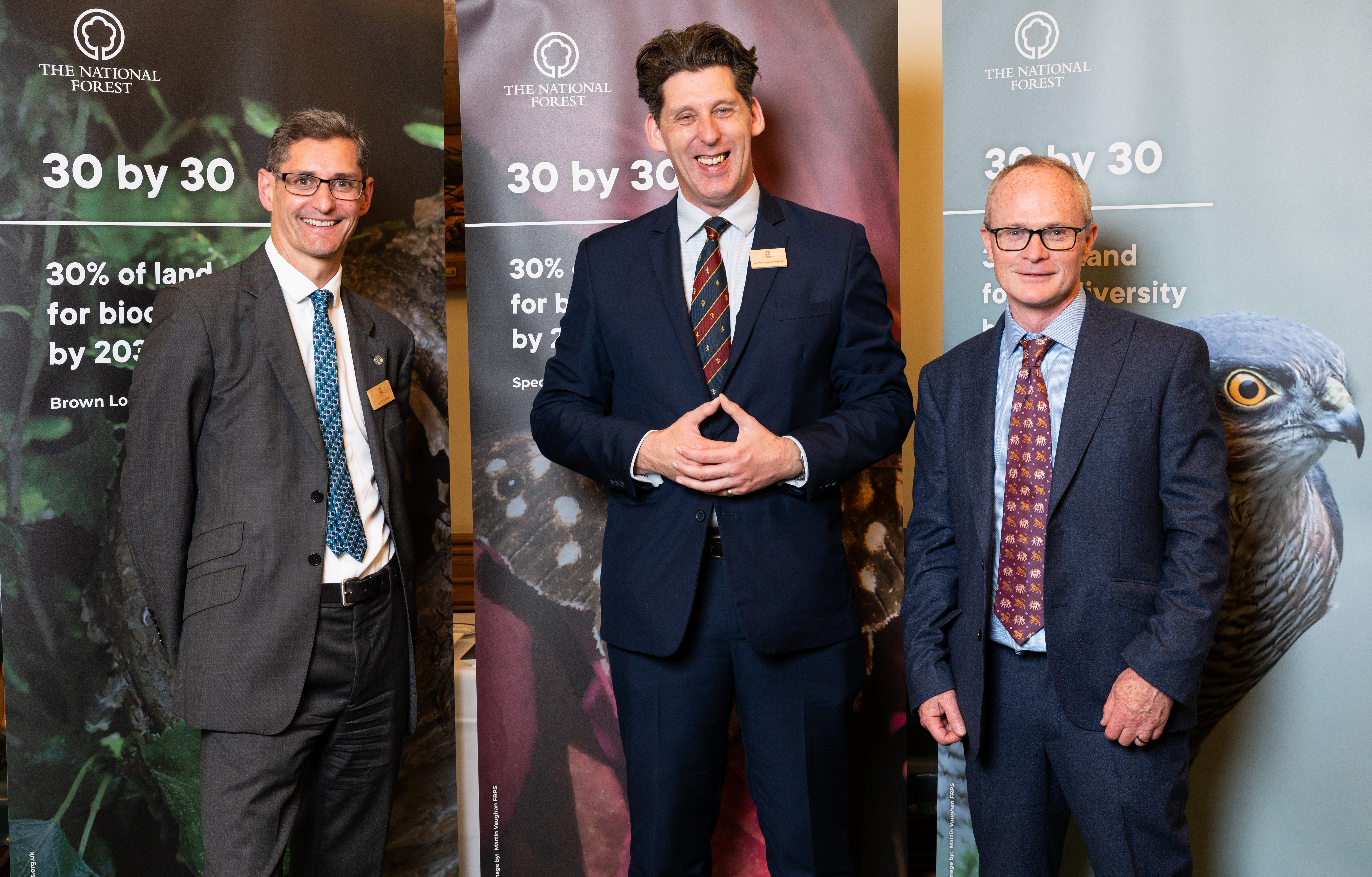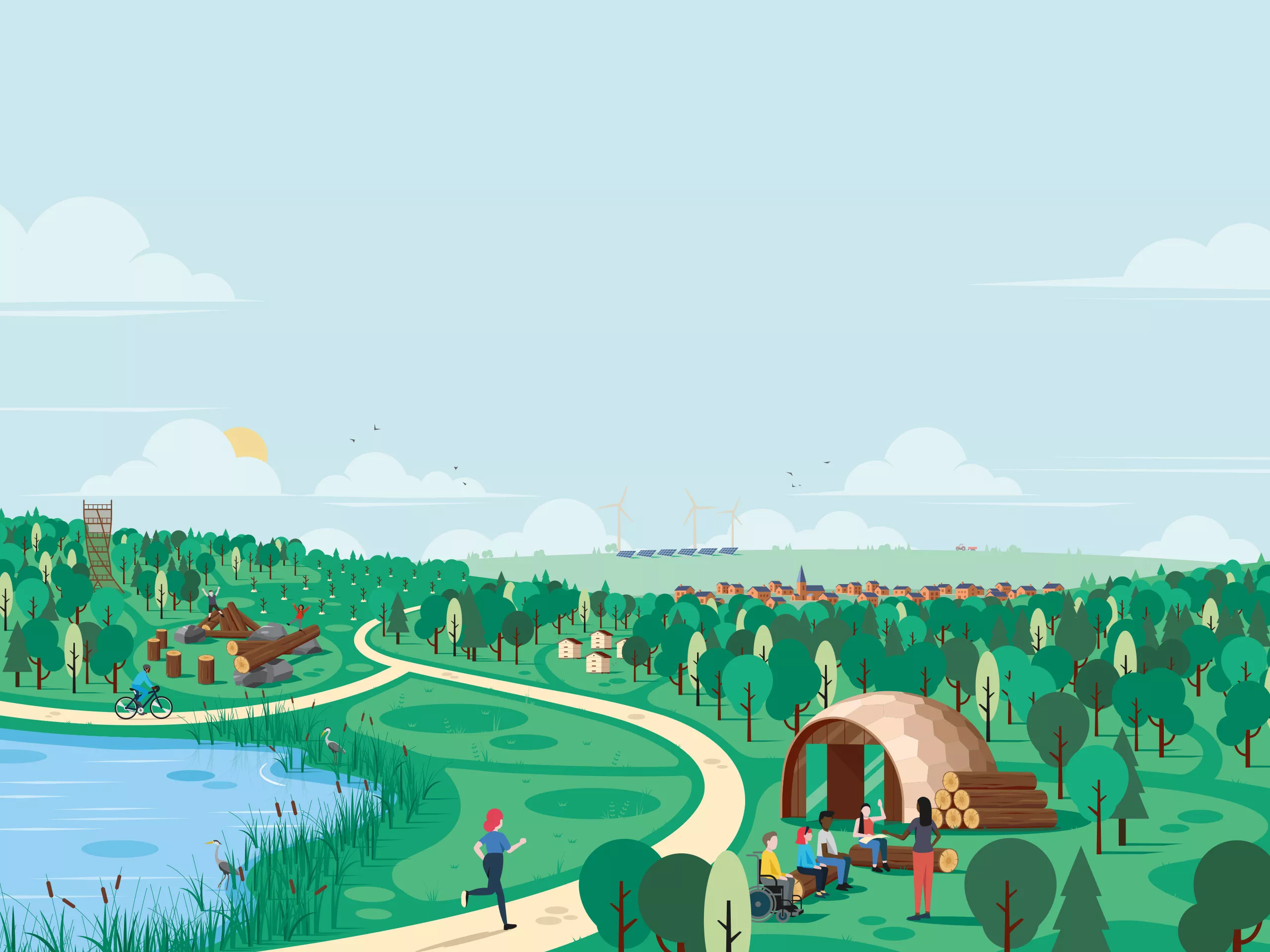At a time when we are surrounded by news of catastrophic wildlife declines it is heartening to hear that, at least in our 200 square miles of the National Forest, the tide may finally be turning.
11 Aug 2022
Added to basket
At a time when we are surrounded by news of catastrophic wildlife declines it is heartening to hear that, at least in our 200 square miles of the National Forest, the tide may finally be turning.
11 Aug 2022
Historically, this part of the Midlands has had a smaller proportion of wildlife habitat, with only 2.7% of the National Forest area protected as Sites of Special Scientific Interest (SSSI) compared to some 7% across England. But now our research is telling a different story. We used data collected by local specialists to track the abundance and variety of species groups – birds, butterflies, small mammals and bats – over the last 30 years to show how the Forest might be making a difference. What we found was both surprising and well beyond all our expectations.
The changes in species abundance were exceptionally high across all groups. This is all the more remarkable when these same groups are showing sharp declines nationally. For example, in the last five years woodland bird abundance has decreased by 7% nationally[i] but increased by 48% in the National Forest; similarly, butterfly abundance has decreased nationally in the last decade by 16%[ii], but increased in the National Forest by 14.8%. The story is equally impressive when we looked at particular indicator species. Between the 2000s and 2010s for example the sparrowhawk (a forest breeding species) increased by 63.7%, brown long-eared bat (a forest-dependent species) by 332% and speckled wood (a forest edge specialist butterfly) by 117%.
The report was presented at a reception in the House of Commons in July, with MPs, peers, partners and specialists from across the country. The reception not only celebrated the results of the research, but also launched the next stage of our ambition: to secure 30% of the National Forest land area for biodiversity by 2030 as part of the global Biodiversity 30 by 30 initiative.

It is reassuring to see that we are well on the way to achieving this. Since the early days of the National Forest in 1990, the land area managed as priority habitat has increased from around 10% to more than 25%, with woodland being by far the largest area of habitat created. Our mapping shows that if we continue with the current trajectory of around 250 hectares created or enhanced each year, we can meet the 30 by 30 target.
What we are demonstrating in the National Forest gives hope to the rest of the country – that our national declines in biodiversity can be arrested and reversed. It shows how tree planting can have a dramatic impact, helping wildlife to thrive whilst supporting our businesses and communities to adapt to a changing climate.
We are calling on all partners to get behind this challenge and make it happen - our farmers, businesses, councils, funders, charities and communities. Together we can make a real difference and be part of a Biodiversity 30 by 30 success story.
Further details of the Biodiversity Report are available here or for more information on our grants see here.
[i] DEFRA. (2020) Wild Bird Populations in the UK, 1970-2019. London, UK: DEFRA.
[ii] Fox et al (2015) The State of the UK’s Butterflies 2015. Wareham, UK: Butterfly Conservation and the Centre for Ecology & Hydrology.

We can’t do this alone; we need your help. Whether you choose to make your own small commitment to the planet or want to get more actively involved, you’re standing up for positive change.
There are many ways to plant trees in the Forest, why not join us for a planting event or dedicate a tree.
Whether you can make a one-off donation or can support monthly, you’re standing up for positive change.
We want to bring people together and support those who also want to bring about transformation.